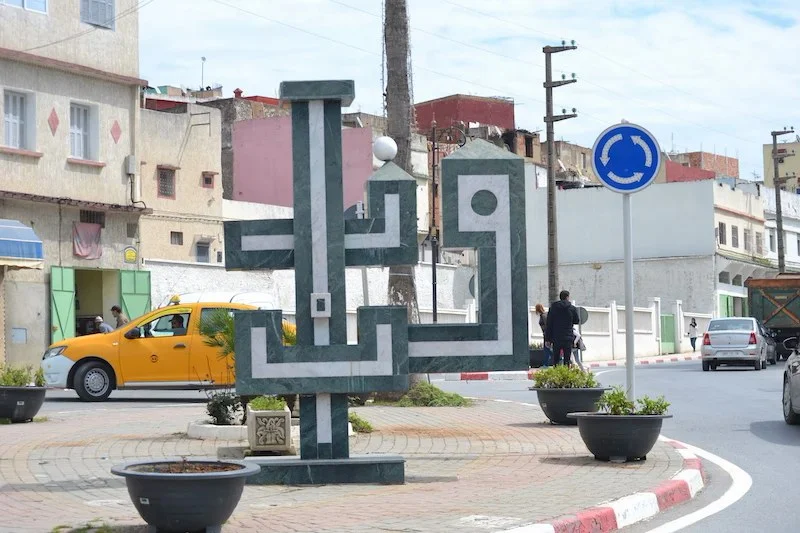
No damage has been reported so far to road infrastructure or water installations following the telluric tremor that struck the province of Ouezzane on Monday, according to the Ministry of Equipment and Water.
In a press release issued on Tuesday, the Ministry said that its central and territorial departments carried out surveys to assess the impact of the telluric tremor on the road network and water installations in Ouezzane and neighboring provinces.
“So far, no damage has been reported to road infrastructure or water installations,” the Ministry said.
The epicenter of this telluric tremor measuring 5.2 on the Richter scale, which occurred at 11:48 p.m. local time, was located in the commune of Brikcha, in the province of Ouezzane.

Nasser Jabour, Director of the National Institute of Geophysics, confirmed that Monday night’s earthquake was an isolated event with no aftershocks and said predicting future seismic activity is impossible.
Jabour explained in a statement to Hespress AR that this type of earthquake occurs when there is “a minor release of tectonic pressure, which doesn’t lead to a series of aftershocks.”
He added, “when there’s a major release of pressure, that’s when we typically experience multiple aftershocks. In this case, it was just a single event.”
Regarding the likelihood of another earthquake in the coming days, Jabour stated that “predicting earthquakes is extremely complex from a geological standpoint,” making it difficult to say whether another quake might hit the same area or occur somewhere else entirely. “We can’t offer precise forecasts in this regard,” he said.
Jabour also confirmed that no losses were reported in the epicenter area, as the earthquake was moderate in strength.
He explained that the quake’s depth—roughly 20 kilometers—allowed it to be felt in distant cities such as Taza, El Jadida, and Casablanca. But it was much more noticeable in areas closer to the epicenter, like Ksar El Kebir and Ouazzane.
The expert pointed out that the sensation of the quake in far-off cities, despite its moderate strength, was mainly due to its depth. “The depth of an earthquake is the key factor in how far its effects are felt,” he said. “Even if it’s not very strong, the deeper it is, the more its seismic waves can travel.”
Jabour stressed the importance of staying calm and reacting wisely in such situations, especially in light of ongoing concerns following the recent Al Haouz earthquake.
He advised people to “stay calm when they feel a tremor, take shelter in safe spots indoors—like under sturdy tables or in reinforced corners—and avoid standing near windows or unsecured objects like shelves or unstable walls,” highlighting the importance of these precautions to reduce risk and keep people safe in the event of future earthquakes.
The National Institute of Geophysics, part of the National Center for Scientific and Technical Research, reported that a 5.2-magnitude earthquake struck Ouazzane Province late Monday night.



